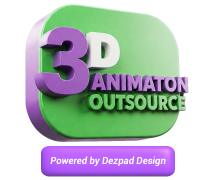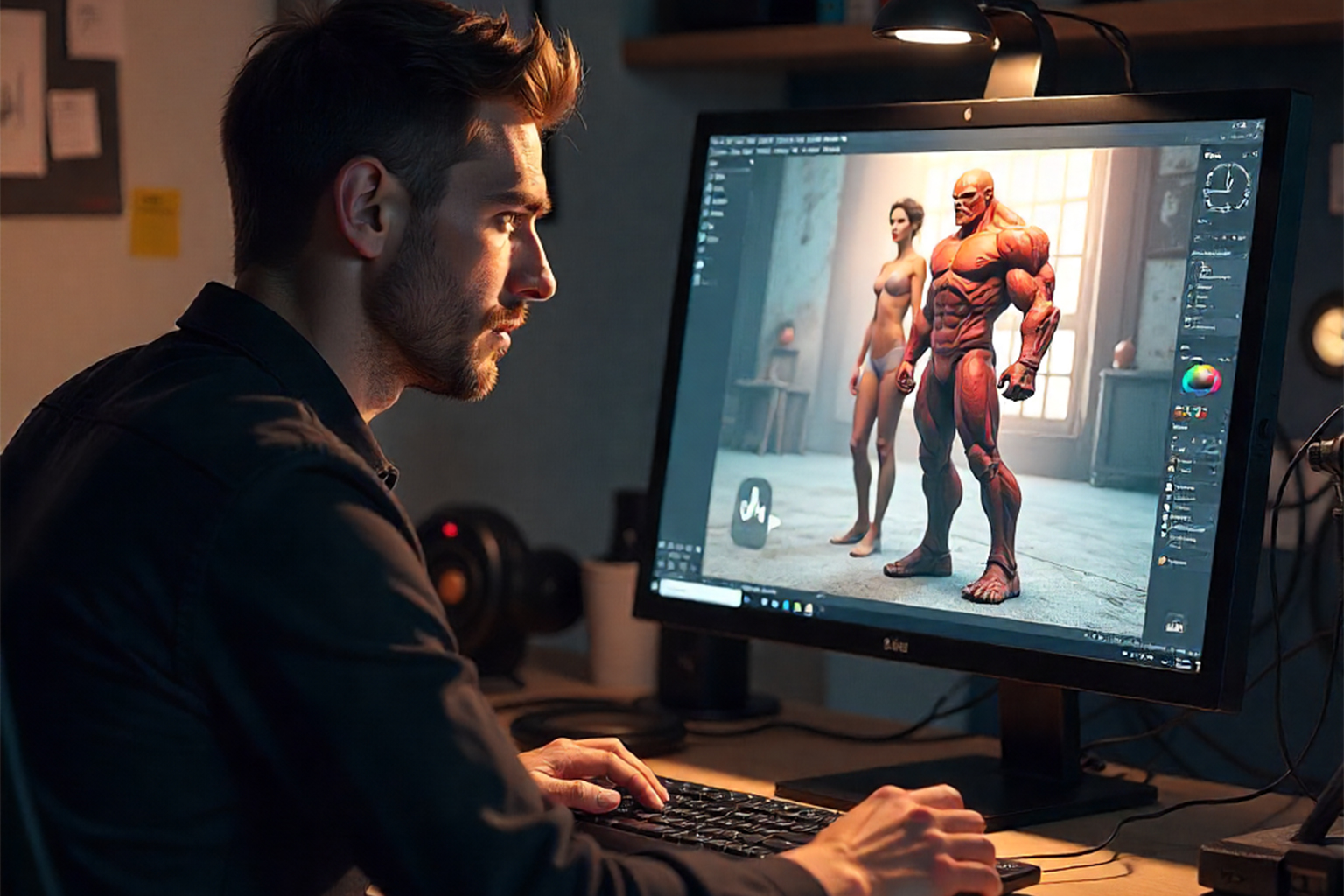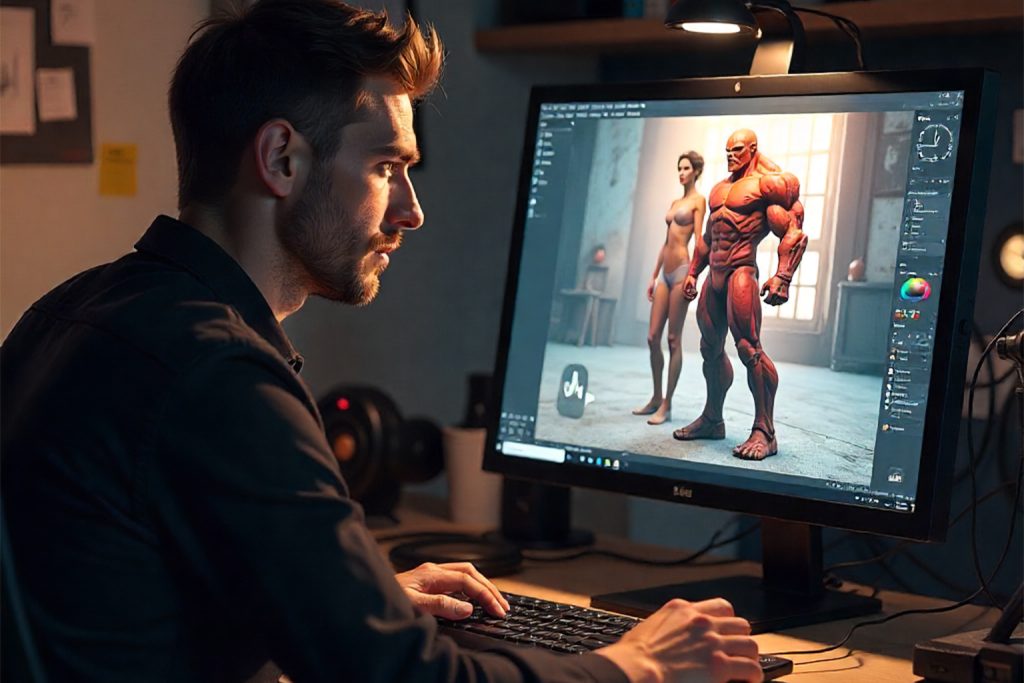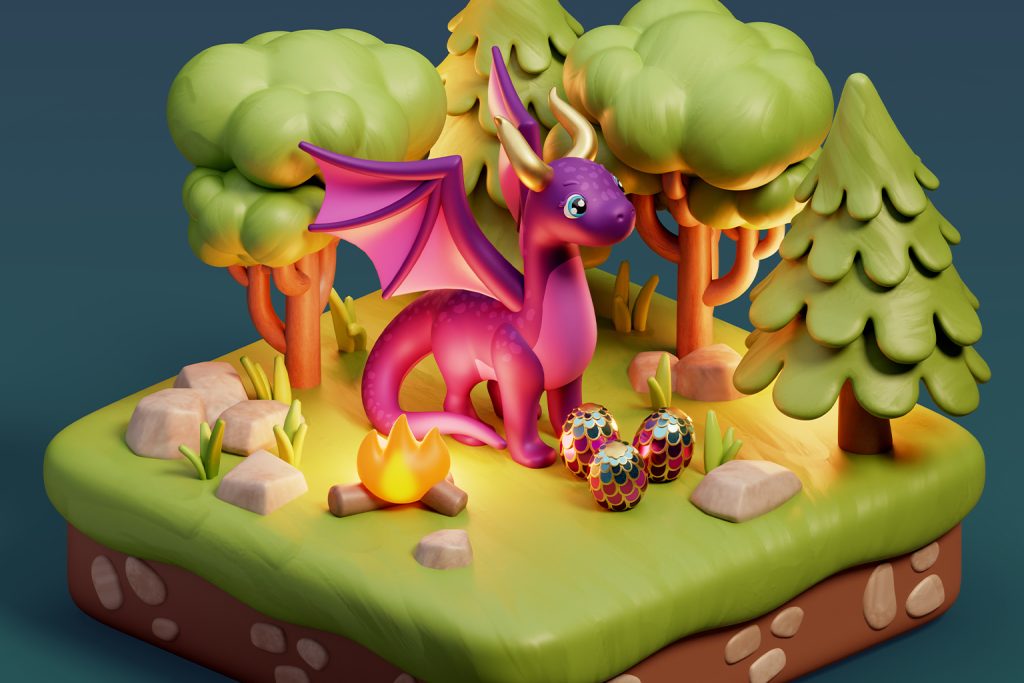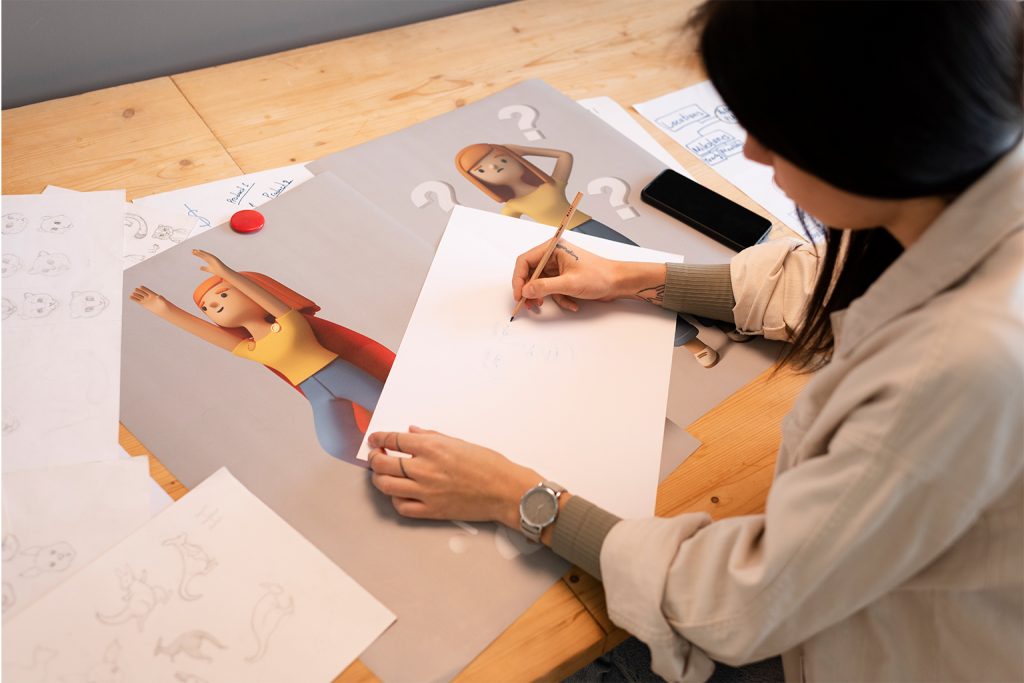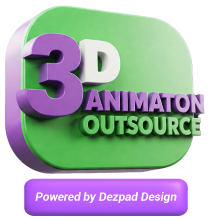Before you get started, you should grasp what 3D game models are. These are the polygons, textures, materials, and rigging that shape characters, props, environments, and vehicles in 3D games. If you don’t get this foundation right, other steps like animation, lighting, and performance optimization become much more difficult.
Choosing the Right Software and Tools
To develop good 3D game models, you will require modeling software such as Blender, Autodesk Maya, 3ds Max, or comparable. You will also require tools for texturing, UV mapping, rigging, baking, and so on. Make sure the tools you choose are compatible with the game engine you intend to utilize. Always assess how effectively these products fit into your workflow.
Optimization and Poly Count
Games contain limitations, such as memory, frame rate, and polygon count. Over-detailed models may appear gorgeous, but they might slow down or even ruin the game on lower-spec devices. Good modeling strikes a balance between detail and performance. Features such as low-poly vs high-poly models, LODs (Levels of Detail), baking normals, and employing economical textures are critical.
Design and Style Consistency
Establishing an art style should be done early on (cartoony, realistic, stylized, etc.). All 3D game models, including people, scenery, and items, should feel like they belong in the same universe. When the style is uneven, the game experience becomes jarring. Consider the 3D game environment Malaysia setting (if you work or collaborate locally): diverse clients, players, and cultural expectations may necessitate distinct visual or environmental style signals.
Extraction and Reuse
Sometimes developers consider leveraging or altering existing assets by attempting to extract 3D models from games. This may appear to be faster, but it raises various complications, including legal/licensing concerns, technical incompatibilities (formats, polygon count, texture resolution), and consistency. While extraction can be useful for reference or learning, original development is usually preferable for commercial or serious undertakings. It provides you control, enhances performance, and guarantees uniqueness.
Building 3D Game Environments
Environments are more than just backgrounds; they are fully immersive worlds that the user can explore. Before creating environments, consider layout, scale, modular elements, lighting, atmosphere, and how players will travel through space. Consider if you’re modeling indoor spaces, outdoor landscapes, or mixed terrain. Materials and textures are quite important here. Planning for weather, time of day, and dynamic assets all help to increase realism.
Working with a 3D Game Modeling Company
If you are not doing all of the work in-house, hiring a 3D game modeling company can make a significant difference. These firms specialize in character models, environment models, prop modeling, optimization, rigging, animation, and so on. However, make sure to review their portfolio, communication skills, delivery timing, and understanding of your mission. Clear briefs, references, and feedback loops are vital for getting what you desire.
Steps from Concept to Integration
A dependable pipeline guarantees seamless progress. Concept art, model blocking, sculpting or producing high-poly versions, low-poly versions, UV mapping, texturing, rigging, animation, optimization, and integration into the game engine are all common steps. Testing at each stage guarantees that models operate properly under lighting, animation, collisions, and performance limitations.
Staying Updated and Learning
The world of 3D modeling and gaming engines is changing rapidly. New tools, shaders, rendering approaches, real-time lighting, procedural content, and other features are constantly being added. Communities and tutorials are also quite helpful. Continue trying, experimenting, and learning.
Final Thoughts
Feel free to contact us to discuss your project, get a quote, or simply to ask questions. If you are a 3D artist, environment designer, or modeler looking to join our team, let’s work together. We believe in professional quality, clear communication, and helping our developers succeed.
